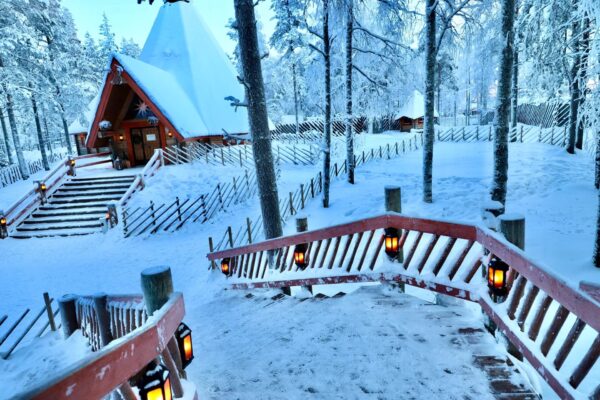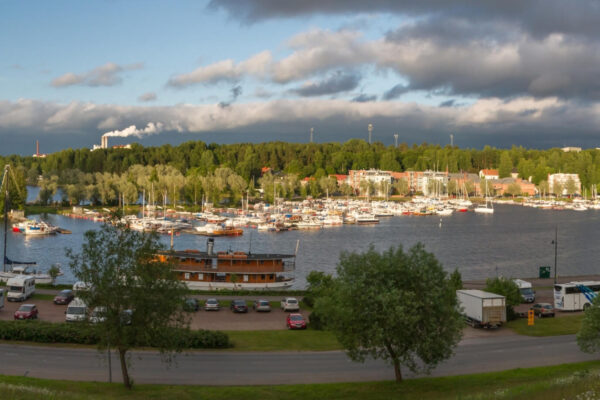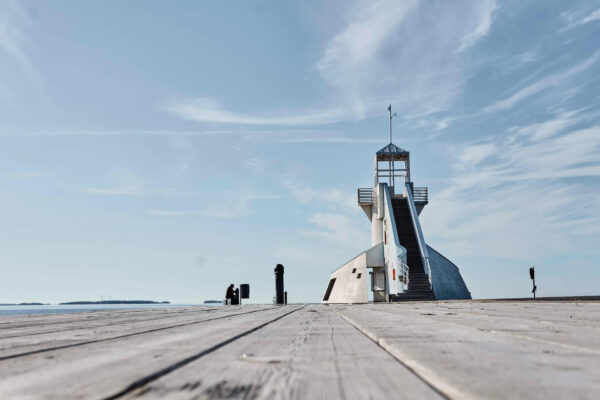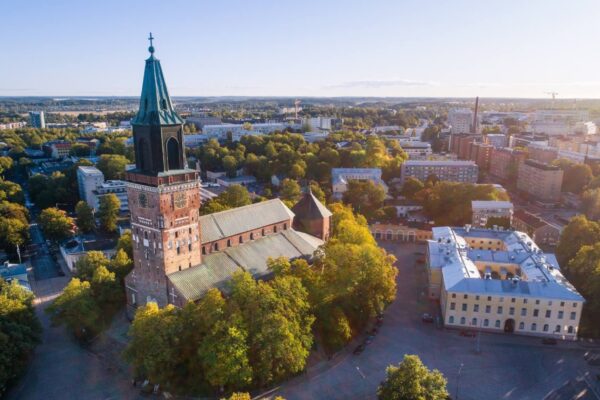Helsinki may be the least well-known of the Scandinavian capitals, but that doesn’t mean it’s any less worth seeing: the capital of Finland is located on the coast in the south of the country and offers the perfect mix of urban flair and historical cosiness. Here you will find everything you need to know for a versatile city trip to the Finnish metropolis.
Helsinki has been the capital of Finland since 1917 and is located on a peninsula in the south of the country. In terms of population, it is the largest city in Finland, but smaller than the capital cities of Stockholm and Oslo. Helsinki was founded in 1550 and has historical links to the cities of Tallinn (Estonia), Stockholm (Sweden) and St Petersburg (Russia).
| Inhabitants | 631,700 |
|---|---|
| Area | 715,55 km² |
| Foundation | 1550 |
| Timezone | Eastern European Time (EET) |
Places of interest in Helsinki
You may not know any of Helsinki’s sights right away, but that’s about to change. Because the city has some beautiful places and buildings (especially for architecture fans) that you should definitely see. It is comparatively more relaxed and quieter than other European capitals.
Helsinki Cathedral and Senate Square
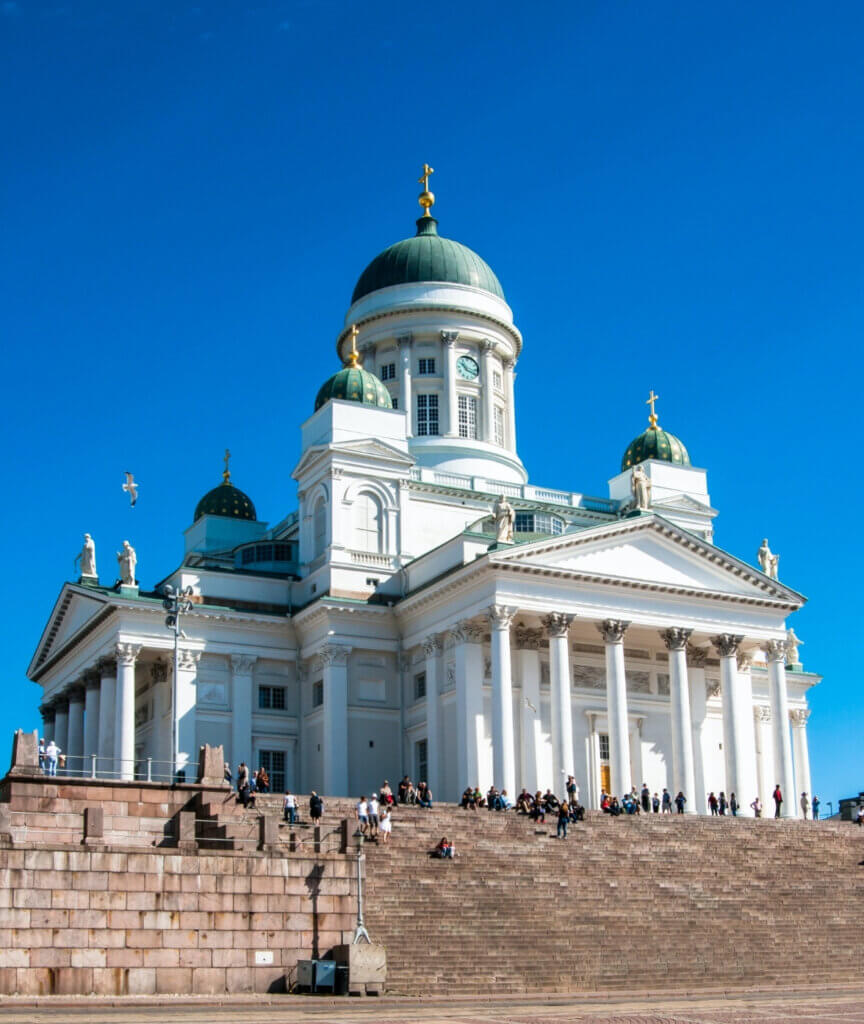
The white cathedral, or Helsingin tuomiokirkko, is the symbol of Helsinki and can be seen from a great distance. It is used for Protestant worship. If you like, you can climb the steps of the building, which was built between 1832 and 1852, and visit it from the inside or watch the hustle and bustle and the statue of Russian Tsar Alexander II from there.
The cathedral is located on the lively Senate Square in the Old Town, which is also home to the government palace of the Prime Minister and the University of Helsinki and its library.
Oodi Central Library

The Oodi Central Library was opened in 2018 as a modern architectural highlight of the city. Oodi means “ode” and refers to the community, as the library is intended to be everyone’s “living room” that they never want to leave. Both architecture fans and bookworms should definitely stop by on their city trip.
But it’s not just books that are offered in the Oodi Library, but community and entertainment of all kinds: there are quiet co-working spaces, craft and electronics labs with 3D printers and tablets to borrow, a sewing workshop with sewing machines and a range of food and drinks. The unisex toilets are particularly progressive.
Olympic Stadium

The Olympic Stadium was built in Helsinki to host the 1940 Summer Olympics, which had to be cancelled due to the Second World War. Today, it is primarily the home ground of the Finnish national football team. It is located in the Töölö district, around two kilometres from the city centre, and is the largest stadium in Finland. The stadium was extensively renovated in 2020 and is a listed building.
The neighbouring tower is open to visitors as an observation tower and offers a beautiful view of the city. Various tours of the stadium (including tours for children) can be booked.
Katajanokka and Uspenski Cathedral
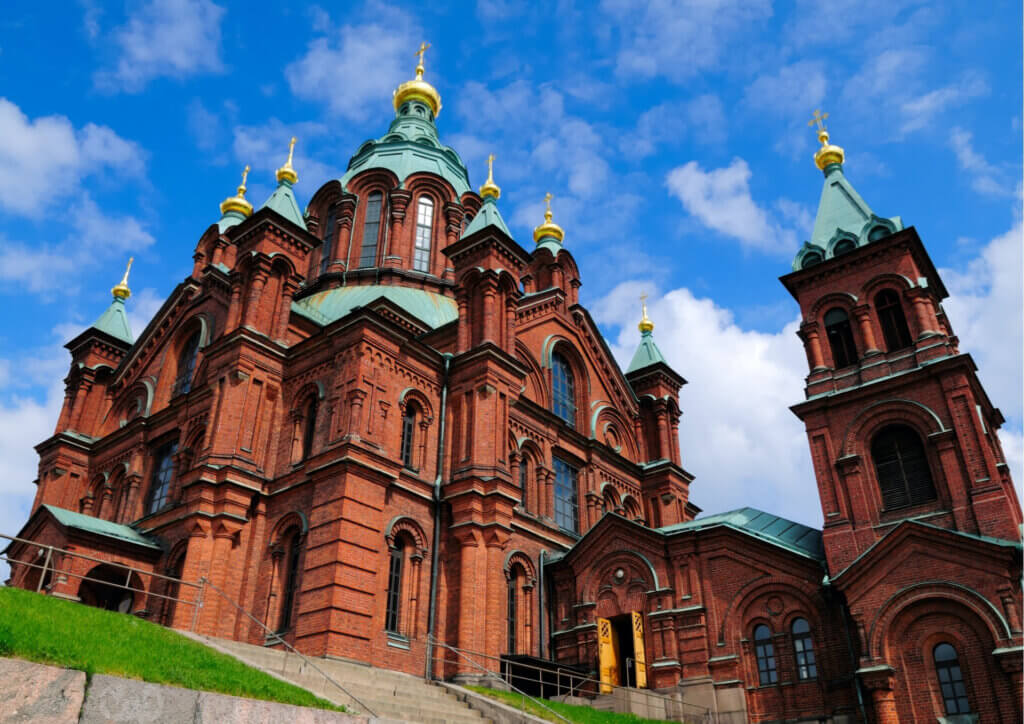
Not far from Senate Square is another of Helsinki’s architectural landmarks. The Uspenski Cathedral was built in 1868 on a rock on the Katajanokka peninsula. It is the largest Orthodox church in the whole of Western Europe, which can be seen in the style of the building, as the golden onion domes clearly show the Russian Orthodox influences. It is definitely worth a visit, as the interior is magnificently decorated as well.
There are several sights to visit in Katajonakka, such as the Allas Sea Pools, which is a floating terrace with three heated pools, three saunas, restaurants and cafés. Right next to it, you can find the SkyWheel, a permanent Ferris wheel. There is also a traditional Finnish sauna in one of the gondolas – with a view over the city.

Design District Helsinki
Finnish design is writ large in the city’s Design District. Whether it’s the famous design classics or a few unusual souvenirs “made in Finland”: here you will find boutiques and small shops with fashion, decoration and art as well as galleries and bars. The Design Museum with international design exhibitions is also in the neighbourhood.
Archipelago islands and Suomenlinna Fortress Island

Like many Scandinavian harbour cities, Helsinki is surrounded by an archipelago of around 300 small islands. Many of them can be reached by ferry or alternatively visited on a boat trip.
The highlight is the UNESCO World Heritage Site of Suomenlinna. The fortress island is known as “Finneburg” and was built in 1748 for the defence of Helsinki, which can be visited nowadays. It is only about 15 minutes by ferry from the market square to the island. There is a museum of military and maritime history with an original submarine as well as walking paths through the fortifications and ramparts. Additionally, there are numerous cafés and restaurants on site – the perfect destination for a day trip outside the city.
Restaurants & Food

If you are looking for good food in the city, the best place to go is the market square by the harbour and the Old Market Hall (Vanha kauppahalli). In addition to bistros and restaurants, you can also buy meat, eggs, cheese, vegetables, baked goods and Finnish specialities here. It’s well worth trying the various specialities on site.
The Kappeli restaurant in Esplanadi Park near the Design District is also a top tip. Located in a magnificent building with a glass chapel hall and large terrace, where various artists perform in summer. Café Fazer is a traditional coffee house known for its pastries and sweets. There is also the Flying Dutch, a beach bar on an old wooden boat moored in the river.
Hotels
Looking for the right hotel in Helsinki? The best location is of course in the city centre to save on travel time. The hotels of the two well-known chains Crowne Plaza and Hilton are popular in Helsinki. If you are looking for something more affordable, you can find accommodation in the hip Kallio district, which has hotels with slightly lower prices than those in the city centre.
Travelling to Helsinki
Ferry connections
If you want to be flexible when travelling to Finland by car, you can take the ferry.
If you want to see more, there is also the Helsinki – Tallinn route. The journey only takes around two hours, which is why a short trip from Helsinki to Tallinn is even possible. A tunnel between the two capitals is currently under construction. If you want to go to Sweden, you can take the ferry from Helsinki to Stockholm.
Flights
Starting from the UK, a flight to Helsinki is of course the quickest. Various airlines fly to Helsinki from British airports: there are, for example, direct flights from London, Manchester and Edingburgh.
Helsinki-Vantaa International Airport is around 20 kilometres from the city centre, but transfers by bus or train are uncomplicated.
Cruises
A cruise is recommended for all travelling enthusiasts who want to visit several destinations in Scandinavia and Northern Europe. You can either start or end in Helsinki or make a stopover here.
Weather in Helsinki and best time to visit
It is typical for Scandinavia to be a little cooler all year round. This also applies to Helsinki. If you prefer pleasant temperatures of around 20 degrees for a city trip, you should visit in the summer months between June and August.
In June and July in particular, the days are very long with a lot of light in the evenings. There is also less chance of precipitation during these months.
